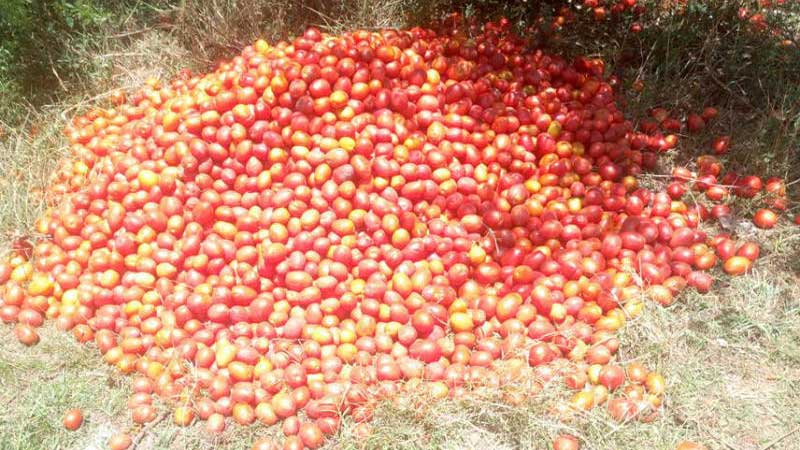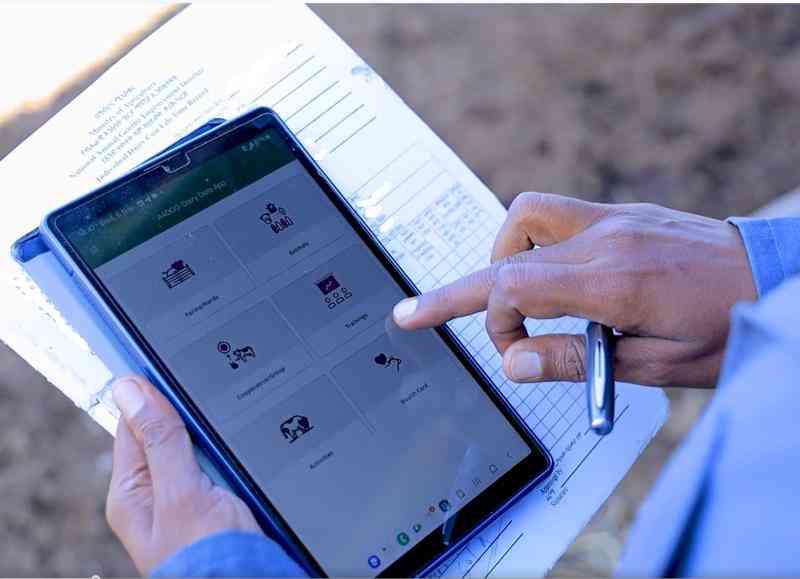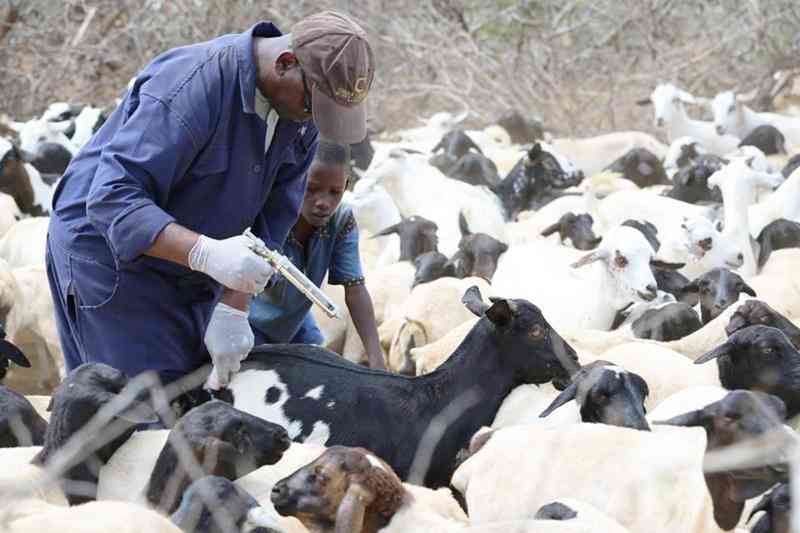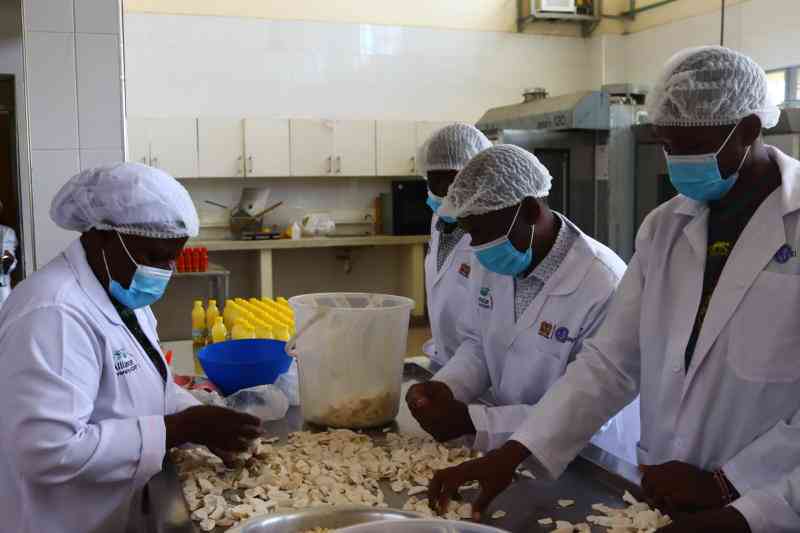
News that tomato farmers in Laikipia County are feeding tomatoes to cows is disturbing. The saddest bit is that this cycle is not new. It has happened before. The reason we are seeing this is one —overproduction because farmers are harvesting their crop at the same time.
To cope with this surplus production, farmers need to think outside the box. So how did we end up here?
For long, farmers have been selling fresh fruits immediately after harvest. This practice has left most farmers counting losses due to lack of market for this highly perishable produce.
Highly perishable products
Full ripe tomatoes can be stored at a temperature of 12oC for up to several days. Temperatures cooler than this will result in chilling injury, producing poor colours and off flavours. Improper cooling makes tomato appear shrivelled, thus reducing their market value and consumer acceptability.
Due to improper storage, there is a loss in fresh weight of about 10-15 per cent. This causes them to appear shrivelled and stale, thus considerably lowering their market value.
It is therefore, imperative that farmers invest in good storage facilities to stabilise the supplies by carrying over the produce from periods of high production to periods of low production.
Low cost cooling chamber
The Zero Energy Cooling Chamber uses no electricity yet it increases the shelf life and quality of tomatoes by keeping them in cool environment. The chamber is easy to build and maintain making it suitable for small-scale farmers.
The chamber has a double brick wall, and the space between the two walls is filled with moist sand. The sand cools the chamber as the water evaporates. Farmers can store their fresh produce in crates inside the covered chambers, as the temperatures inside are low. The technology is inexpensive, efficient, and environmentally sustainable.
Value addition
Basic value addition and processing skills can also considerably reduce post-harvest losses in tomatoes. Processing can be done at two levels; home based and trade oriented processing. Not all tomatoes can be turned into quality value added products.
Tomato paste and ketchup are the most popular products in the market especially at the fast food joints. The paste is prepared from concentrated juice. Tomato paste can be stored for years when well-preserved.
Tomatoes for making the paste should be carefully chosen to guarantee quality product. Diseased, bruised and overripe tomatoes must not be used in processing as they compromise quality of the paste. Tomatoes for processing should also be picked early in the morning to avoid sun scotch.
Drying
Drying of tomatoes can also prolong its shelf life. Drying can be either by sun, oven or use of a dehydrator. The fruits are cut into uniform slices and dried.
Dried products can be stored for up to three months if dried to the required moisture content level and at the right temperatures. It is important to turn the slices during drying.
Packaging and storage is done in air tight jars or food grade plastic bags. Apart for extending the shelf-life, dehydration reduces space in packaging, shipping, storage and transportation. The dried tomatoes can be crushed into powder too.
The powder can be used to make sauce, juice, soup. Blanching can significantly extent the storage period for up to six months. Blanching involves boiling of tomatoes in hot water to destroy the enzymes. The country’s big four agenda isolates manufacturing as key to economic development. To achieve this course farmer must adopt value addition not only to minimise post-harvest loss but to realise economic empowerment.
[The writer is an expert on sustainable agriculture and agricultural solutions]
Want to get latest farming tips and videos?
Join Us
 The Standard Group Plc is a multi-media organization
with investments in media platforms spanning newspaper print operations,
television, radio broadcasting, digital and online services. The Standard Group
is recognized as a leading multi-media house in Kenya with a key influence in
matters of national and international interest.
The Standard Group Plc is a multi-media organization
with investments in media platforms spanning newspaper print operations,
television, radio broadcasting, digital and online services. The Standard Group
is recognized as a leading multi-media house in Kenya with a key influence in
matters of national and international interest.
 The Standard Group Plc is a multi-media organization
with investments in media platforms spanning newspaper print operations,
television, radio broadcasting, digital and online services. The Standard Group
is recognized as a leading multi-media house in Kenya with a key influence in
matters of national and international interest.
The Standard Group Plc is a multi-media organization
with investments in media platforms spanning newspaper print operations,
television, radio broadcasting, digital and online services. The Standard Group
is recognized as a leading multi-media house in Kenya with a key influence in
matters of national and international interest.







